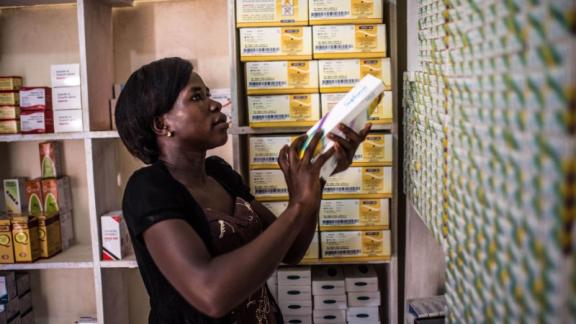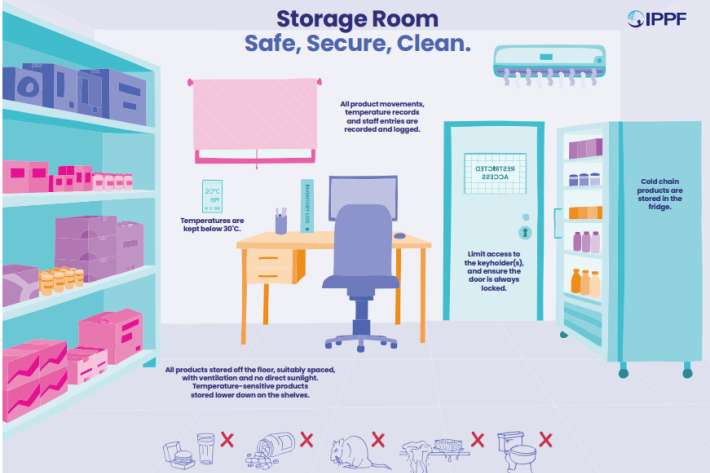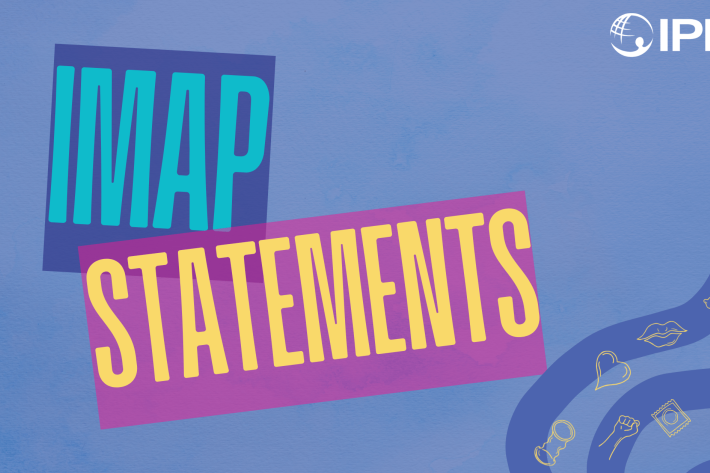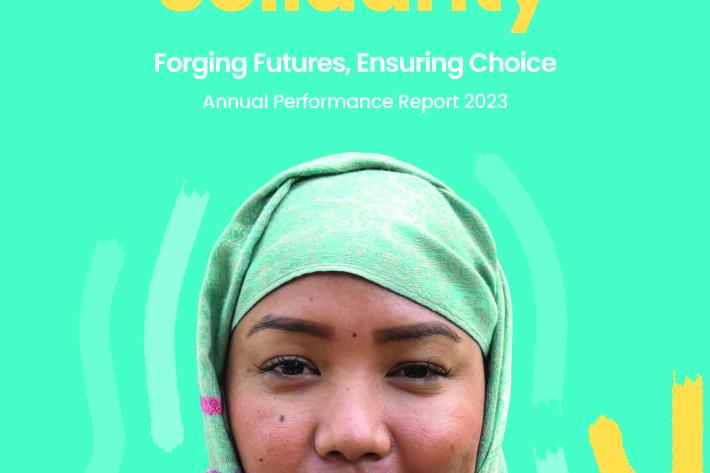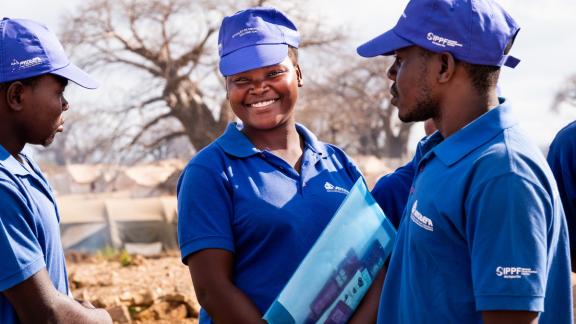Spotlight
A selection of resources from across the Federation
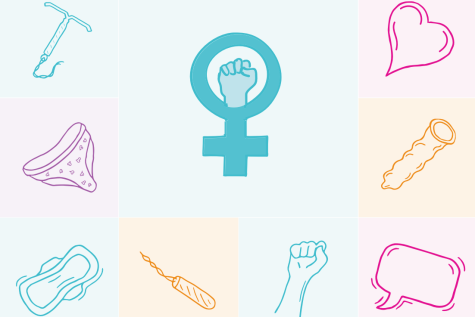
Technical Brief: Designing and Delivering Inclusive, Rights-Based Sexual and Reproductive Healthcare to Transgender and Gender Diverse People
This technical brief outlines key recommendations across several sexual and reproductive health service areas to promote access to inclusive care for transgender and gender diverse people.
Filter our resources by:
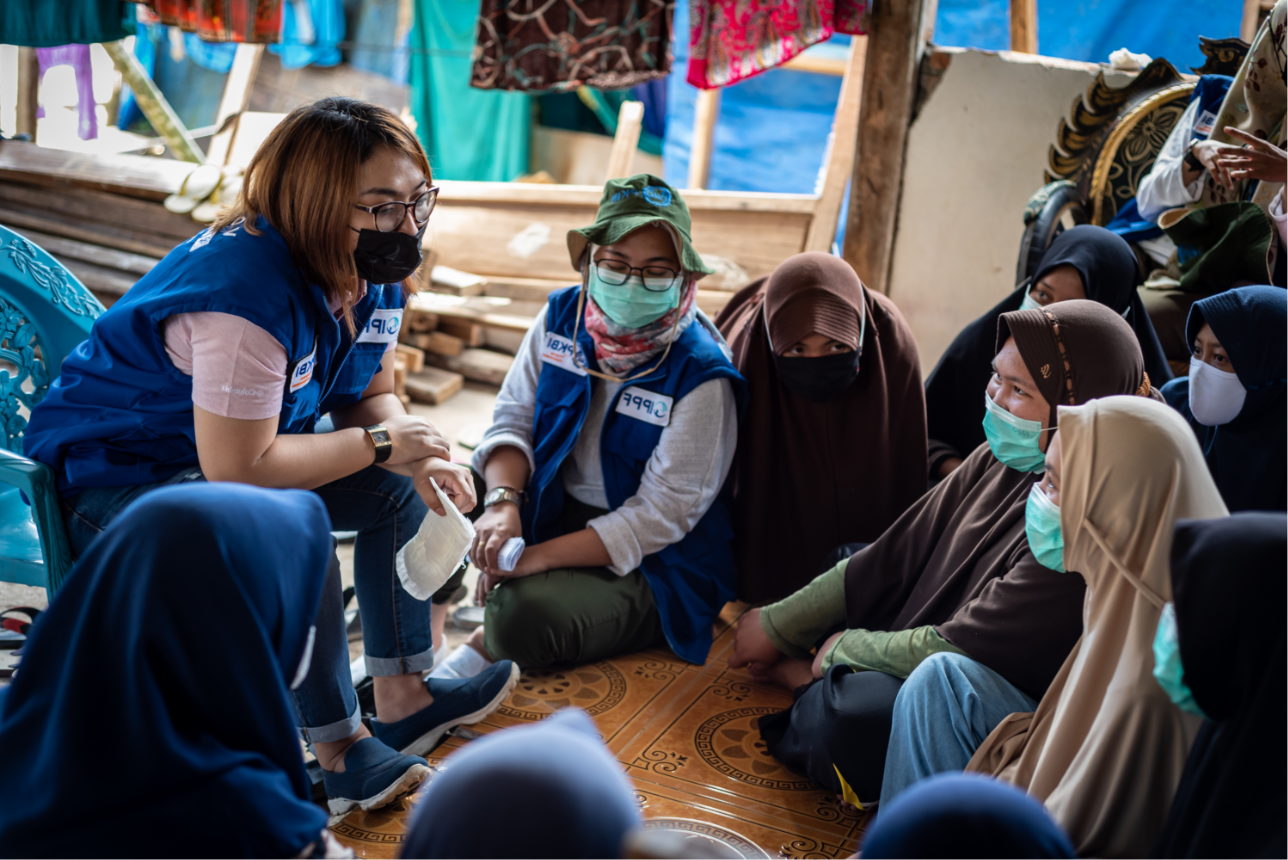
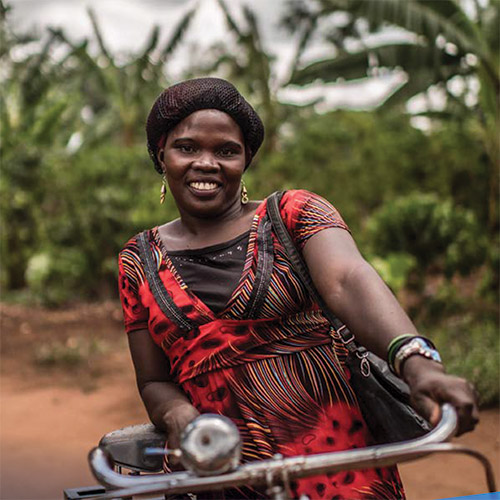
| 28 September 2018
Her in charge - Medical abortion and women’s lives - A call for action
Her in Charge report presses governments, health, academic and NGO sectors to take immediate steps to stop women from dying and suffering disabilities due to an unsafe abortion by radically scaling up medical abortion efforts. Nearly one in every two abortions that occur is unsafe – 25 million women each year are forced to find their own, often dangerous, solutions to an unintended pregnancy. The knowledge, the technology, and the experience to make all abortions safe abortions exist. Yet tens of millions of women each year still lack access to completely safe abortions. Medical abortion – the use of the medicines misoprostol alone or in combination with mifepristone to opt out of a pregnancy – is safe, cheap and simple to administer. IPPF’s Her In Charge report demonstrates how medical abortion access can exponentially increase access to safe abortion, enabling women to be in charge about the decisions about their bodies. An essential part of women’s rights. Medical abortion facilitates task-sharing, which is transformational in low-resource settings where primary-care level and lay workers are trained and equipped to administer abortion. Key recommendations: Governments should create a supportive environment to ensure women can access safe and legal abortion, including the political, social, economic, health and legal frameworks. Medical abortion should be embedded in health systems. Governments can ensure the quality, availability and affordability of medical abortion drugs by registering misoprostol and mifepristone in the list of essential medicines of their countries. Women must be supported by health systems in accessing the information they need to have a medical abortion safely and to access post-abortion care. This includes medical abortion without medical supervision. Health systems should include self-administered medical abortion. Women must have full information about medical abortion risks factors, dosage and have access to post-abortion care and contraception. Women must have all options available to them: either medical or surgical abortion, in a health facility or at home – whatever they prefer. It is their right.

| 27 September 2018
Watch: What is surgical abortion?
Watch our surgical abortion explainer video to find out more about the procedure. Please note this is a brief overview of surgical abortion. Contact your local healthcare provider to discuss further details and options available to you.
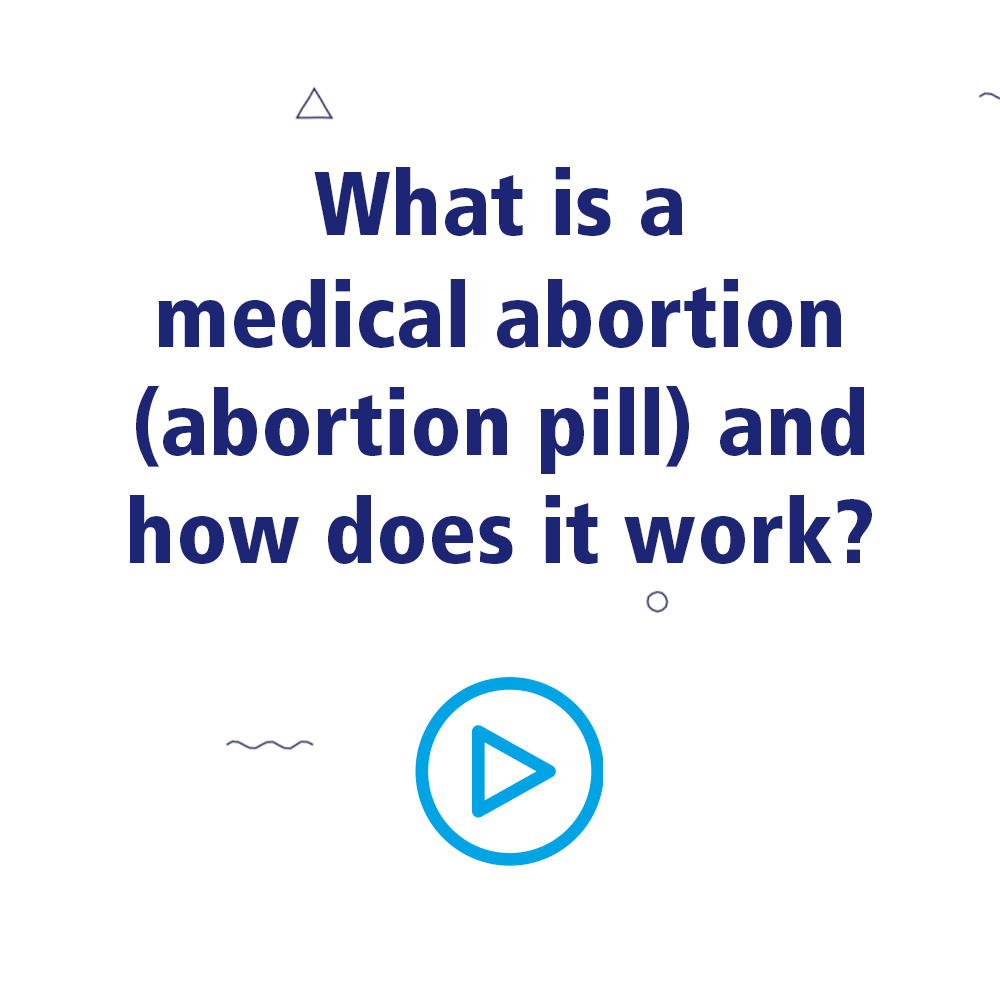
| 27 September 2018
Watch: What is medical abortion?
Ever wonder how medical abortion also known as the 'abortion pill', works? In this explainer video, we go through the steps of what to expect during a medical abortion. Please note that this video is an overview of the procedure. For further details on medical abortion, contact your local healthcare provider.
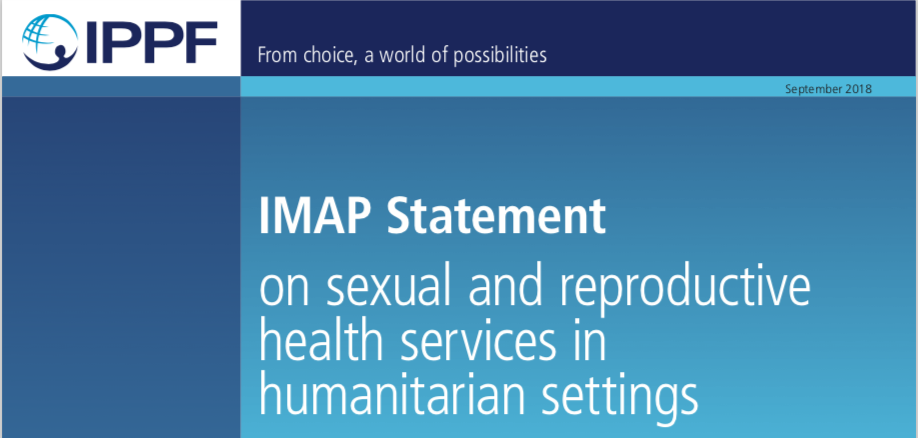
| 17 September 2018
IMAP statement on sexual and reproductive health in Humanitarian settings
Today, unprecedented numbers of people are living in a state of crisis or emergency. In 2018, it is estimated that 135.7 million people are in need of humanitarian assistance, with conflict and natural disasters predicted to be the biggest drivers. Of those in need, approximately one-quarter is estimated to be women and girls of reproductive age (aged 15–49) and approximately 5 million will be pregnant. Globally, 60% of preventable maternal deaths take place in settings of conflict, fragility, displacement and natural disasters.
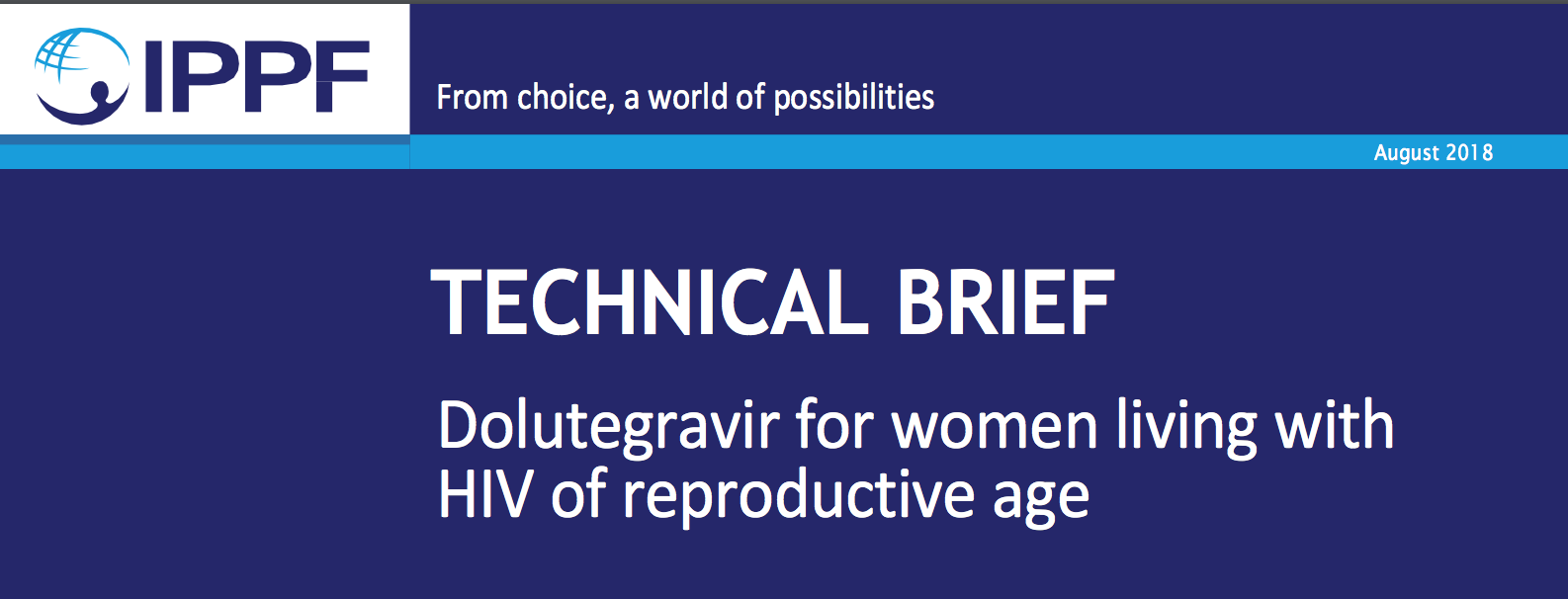
| 02 August 2018
Technical brief: Dolutegravir for women living with HIV of reproductive age
In May 2018, the World Health Organization (WHO) reported a potential safety issue concerning dolutegravir (DTG), a common first-line antiretroviral treatment drug that is used to prevent and treat HIV infections. Preliminary findings from a study in Botswana found an increased risk of neural tube defects in infants born to women taking DTG at the time of conception. As a result of this study, WHO’s revised guidance on antiretroviral regimens for treating and preventing HIV infections, released in July 2018, include a caution on use of DTG by women and adolescent girls of childbearing potential. This brief aims to provide an overview of the research to date, current WHO guidance, and recommendations for IPPF.
| 25 July 2018
At a Glance 2017
At a Glance provides a pocket sized summary of the Annual Performance data and has been translated into 6 languages including: Arabic, Chinese, French, Japanese, Portuguese and Spanish.
| 21 June 2018
Annual Performance Report 2017
This Annual Performance Report presents progress in implementing the Strategic Framework. In 2017, IPPF delivered 208.6 million sexual and reproductive health services and contributed to 146 policy and legal changes in support of sexual and reproductive health and rights. Each section of the report presents an overview of the key performance results for our four outcome areas and is supplemented with case studies from countries across IPPF.
| 19 June 2018
Humanitarian Strategy
IPPF’s Strategic Framework (SF) 2016-2022 commits the organisation to lead a locally-owned globally connected movement that provides and enables services, and champions sexual and reproductive health and rights (SRHR) for all. Increasing numbers of people face crises or live in chronically insecure settings. In recent years we have scaled up the number of sexual and reproductive health services and information provided to people in emergencies from 1.3m in 2013 to 3.2m in 2016, but we can do much more. The goal of this strategy is to improve access to life-saving SRHR for crisis-affected people in all their diversity. As the situation normalises after a crisis, we aim to leave behind stronger MAs sustaining quality services to diverse populations. IPPF’s model for SRHR in crisis connects the key elements of humanitarian action (prevention and preparedness, response, recovery and resilience) with long-term, equitable development.
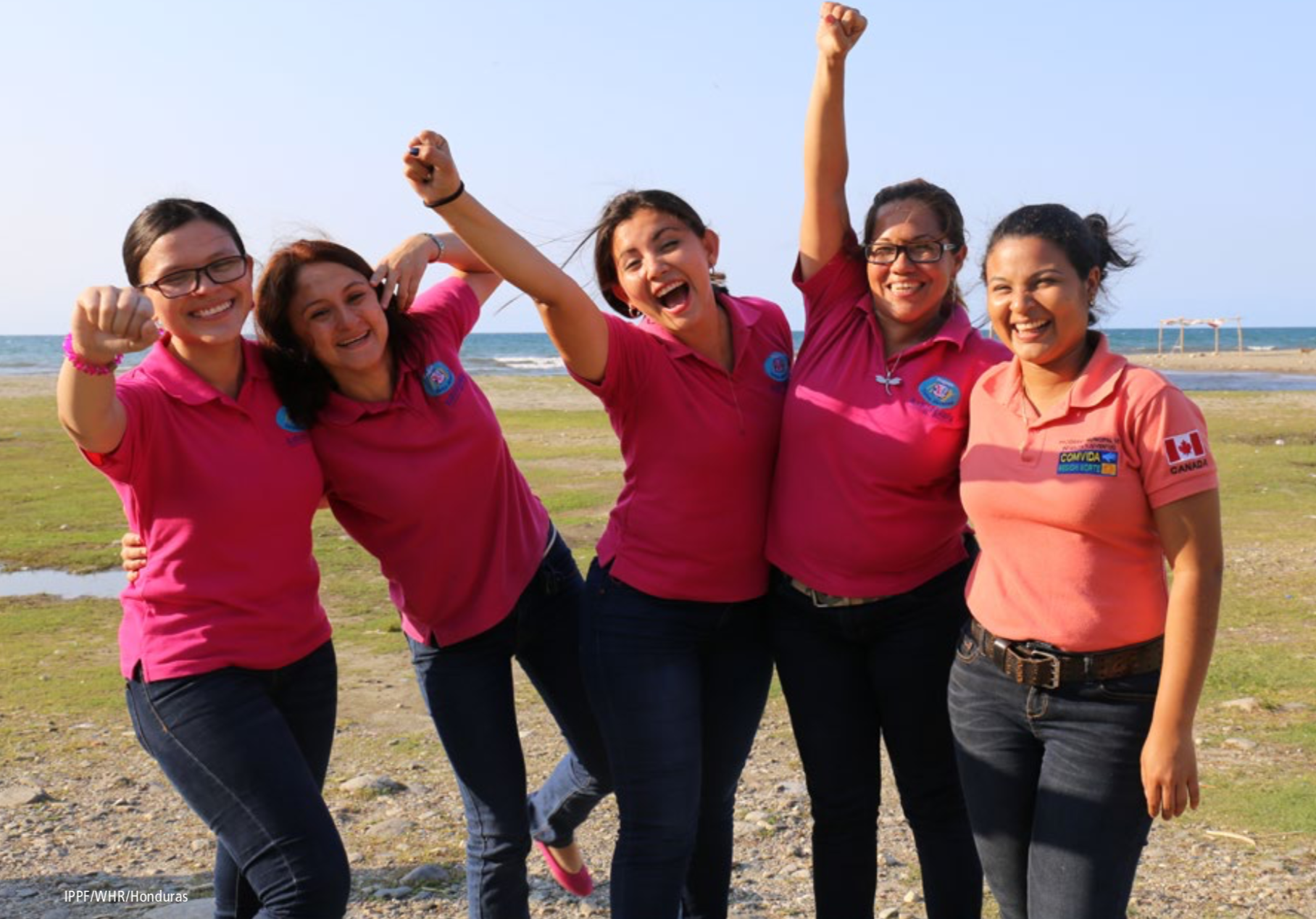
| 04 June 2018
Financial Statements 2017
The overall group income of IPPF has risen by US$3.1 million (3%) to US$102.4 million (2016: US$99.2 million). Unrestricted total income rose by US$4.1 million and restricted income fell by US$1.0 million. IPPF’s main source of funding is government grants, which account for 82% (2016: 79%) of total income. In 2017 unrestricted government funding increased by US$1.4 million (2%) to US$67.4 million. The main reason for the increase was the increase in funding from the Scandinavian countries (Norway US$9.1 million, Sweden US$ 4.8 million and Denmark US$ 4.0 million) to assist in bridging the funding gap caused by the impact of the Global Gag Rule and the loss of UK government funding. Restricted government funding amounted to US$16.8 million, up from US$12.1 million in 2016. The Government of Australia continued to provide support (US$3.6 million) in relation to the global SPRINT Initiative to provide sexual and reproductive health services to crisis and post crisis areas in South East Asia, the Paci c, South Asia, and Africa and to help fund our Fiji office which supports Paci c MAs. USA provided US$6.7 million of funding for a number of programmes. The Government of Japan provided US$1.8 million for work on integration of SRHR and HIV and AIDS and humanitarian assistance for internally displaced people in Syria and refugees in Jordan and Lebanon.The Government of Germany US$0.2 million to improve access to promote sexual reproductive health services in Syria and to displaced persons in Sudan. The governments of the Netherlands, Norway and an anonymous donor also provided funding of US$3.7 million to the Safe Abortion Action Fund. Grants from multilateral donors and other sources decreased by 24% from US$20.6 million to US$15.8 million. A signifcant factor in the decrease was US$3.1 million from Bill and Melinda Gates Foundation, US$2.7 million UN Programme on HIV/AIDS and US$0.4 million from the David and Lucile Packard Foundation as some current projects came to an end.

| 29 May 2018
Quiz: How much do you know about women’s health?
How much do you know about women’s health?To mark International Day of Action for Women's Health, challenge yourself to find out how much you really know about women’s health around the world.How many women and girls currently have an unmet need for modern contraception?In developing countries, how many women are admitted to hospital after undergoing an unsafe abortion?In sub-Saharan Africa, how many new HIV infections in teens aged 15-19 occur in girls, rather than boys?Are women and girls with disabilities more or less likely to experience gender-based violence compared to women without disabilities?Female genital mutilation (FGM) is most prevalent in Somaliland. How many girls and women there will experience the devastating practice?How many women and girls will be forced into pregnancy because they are denied the contraceptive care they want and need?Good try! Scroll down to share your results with friends. Good job! Scroll down to share your results with friends. Great job! Scroll down to share your results with friends.







